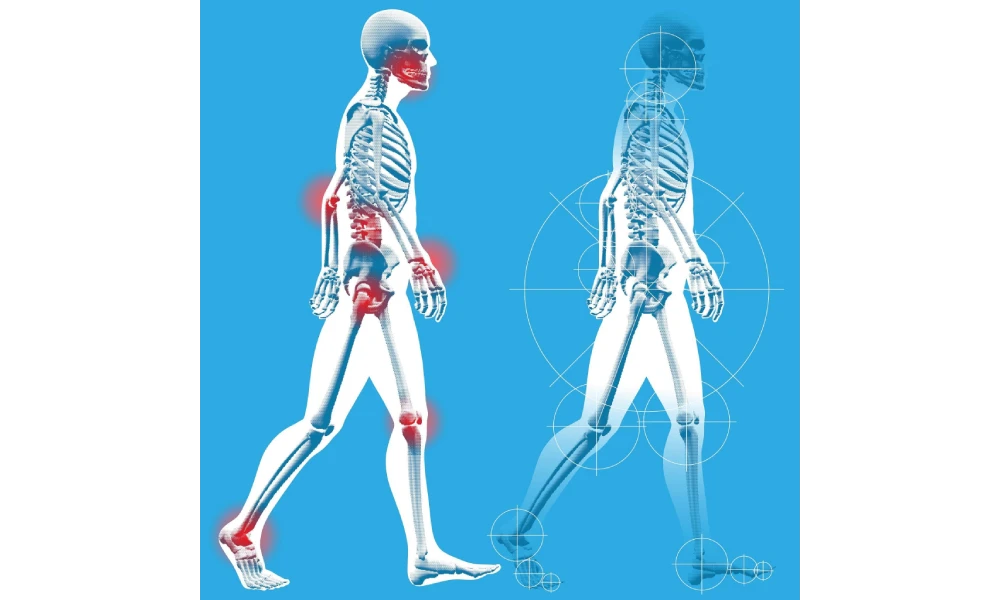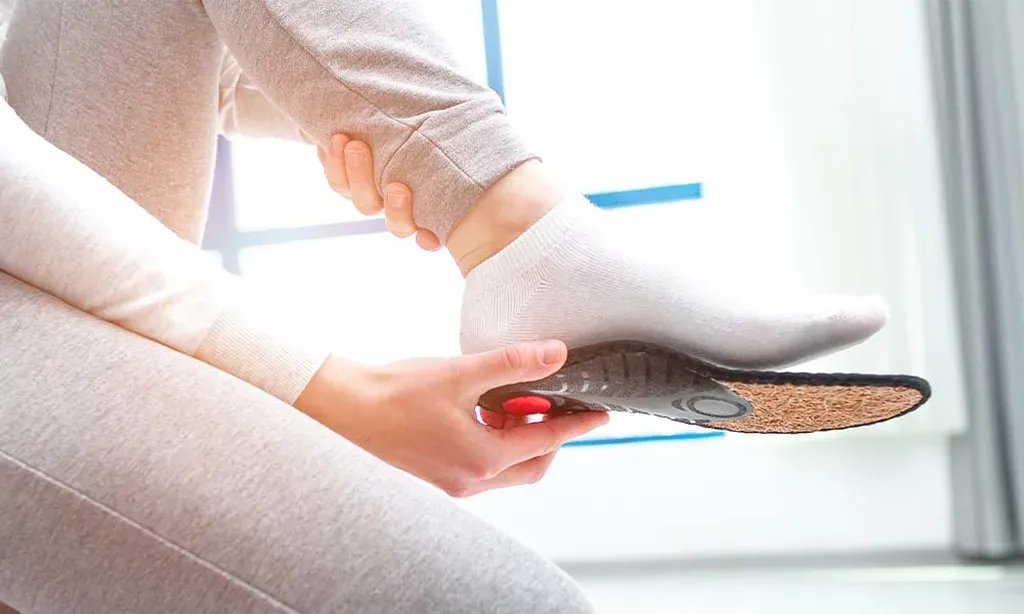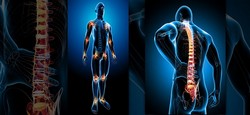
The podiatrist, through listening to their patient, evaluating their environment, clinically observing the feet, analyzing the walking technique, and taking footprints, establishes a diagnosis with the aim of identifying the conditions and static and dynamic disorders of the patient.
Following this podiatric assessment, and if deemed necessary, the practitioner designs, creates, and adjusts a pair of orthotic insoles. These are devices intended to correct morphological issues of the feet and their impact on the patient's balance (statics), walking, or running (dynamics) through mechanical action.
The Insoles
The insoles aim to restore, by correcting it, the optimal functionality of the foot, particularly with its repercussions on the musculoskeletal system
They are adaptable to your various pairs of shoes, including sandals.

Here are some examples of common pathologies:

- Feet and ankles: Plantar fasciitis, heel spur, plantar fasciitis, tendonopathies (Achilles tendon, posterior tibial tendon, fibular tendons), ankle instability, Morton's syndrome, forefoot metatarsalgia, high arches, flat feet, Hallux Valgus.
- Knees and legs: Knock-knee (genu valgum), bowlegged (genu varum), tendonopathies (pes anserinus, iliotibial band syndrome, anterior tibial tendon...), meniscopathy, tibial periostitis.
- Pelvis and back: Scoliotic posture, scoliosis, pelvic tilt, lower limb length discrepancy (short leg), lower back pain, neck pain.
Management of dizziness
If you have been experiencing dizziness since a fall or an accident, it is possible that it is due to the displacement of one or more crystals in the inner ear. A specific assessment allows for the diagnosis and rehabilitation of this condition.
The podiatrist plays a role in advising, educating, and preventing issues related to hygiene, footwear, walking, and autonomy, all of which have implications for overall quality of life and health.

